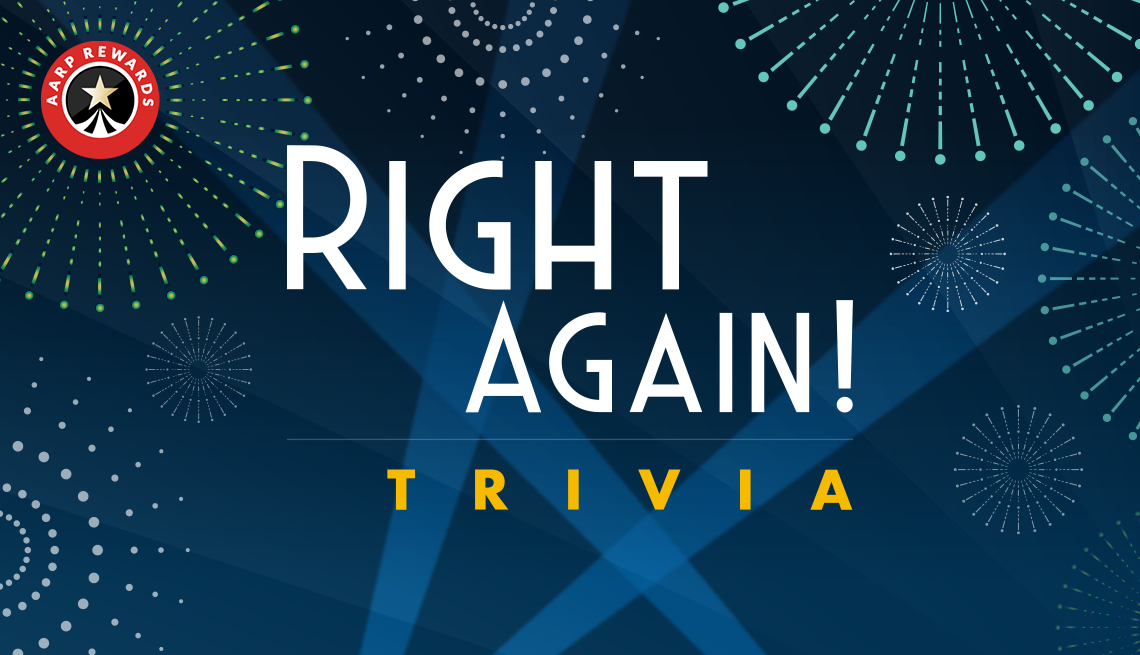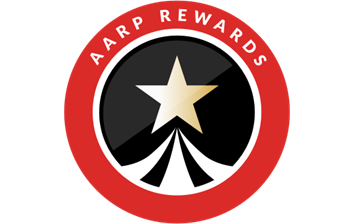@m412078h I am familiar with Cafeteria Plans and Premium Only Plans pursuant to Section 125 of the IRC. With regard to a Cafeteria Plan (aka Full Flexible Benefits), most employers provide an annual amount (i.e., $1,000, etc.) for employees to use to contribute toward the cost of various benefits (i.e., medical, dental, vision, group life insurance, dependent care and health care spending accounts, etc.) that they elect for the calendar year. If an employee does not use the annual company amount (i.e., $1,000, etc.), any remaining amount is paid to the employee and that amount is treated as wages (salary) subject to all employment taxes (i.e., federal income tax, social security tax, etc.). That amount, if any, would be considered for the Social Security Earnings Test. Generally, the amounts of employee contributions for Cafeteria benefits exceed the annual amount that the company provides. So, it would be a rare case for an employee to opt out of Cafeteria benefits and receive cash instead of benefits. Each employee/employer situation is different. So, you need to review the Cafeteria Plan's Summary Plan Description (SPD) to determine if you are eligible to participate as a retiree or part time worker ( W2 versus 1099 worker). Second, why are you retiring late in the calendar year (October)? You indicated that you attain age 62 in October which may not be an optimal time to retire. You may become ineligible for next year's vacation pay, annual profit sharing and/or bonus (if any), and company contribution to retirement plan (i.e., 401 K, 403 B, 457, Thrift Plan, etc.) at year end (December).












































































